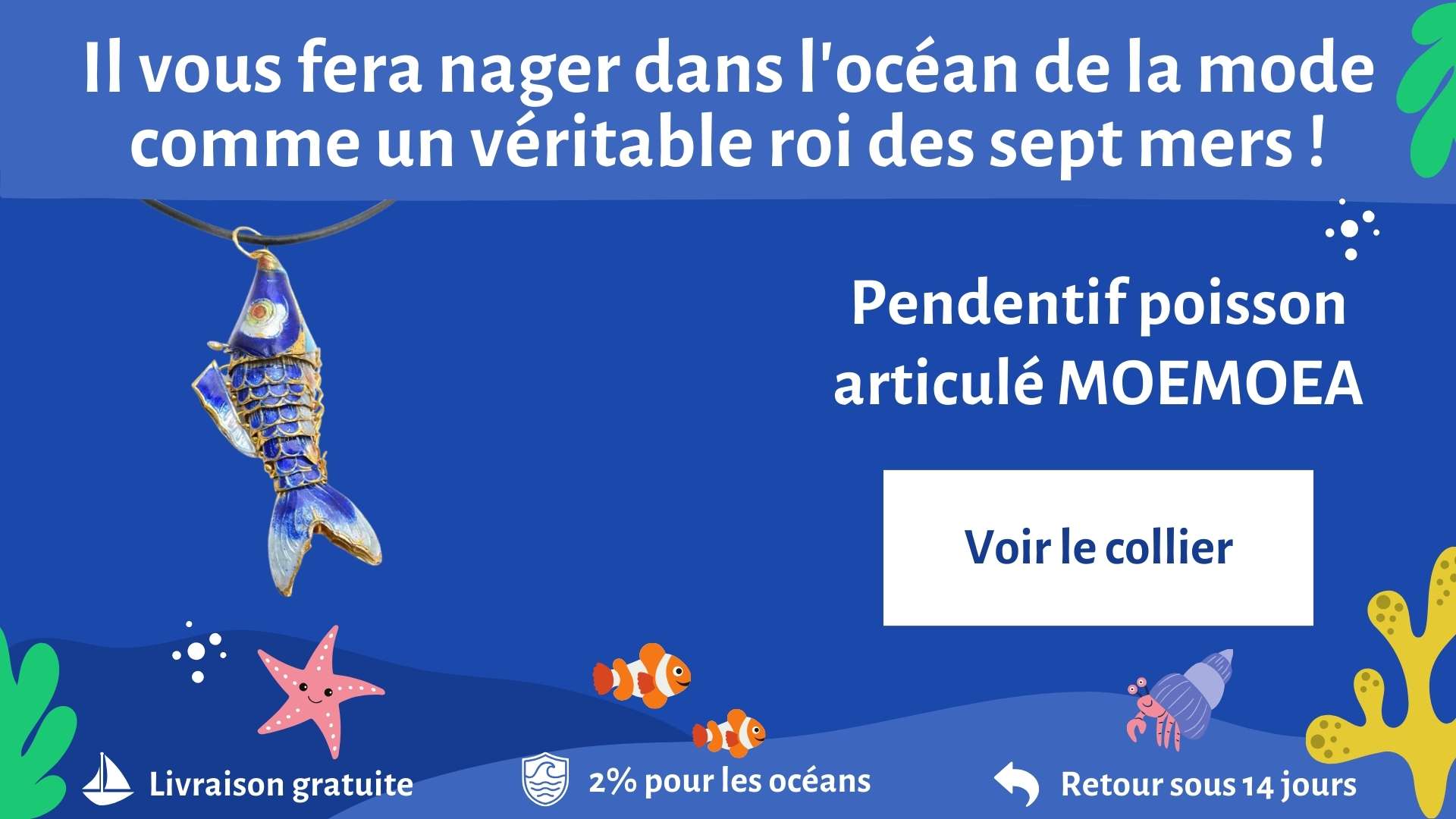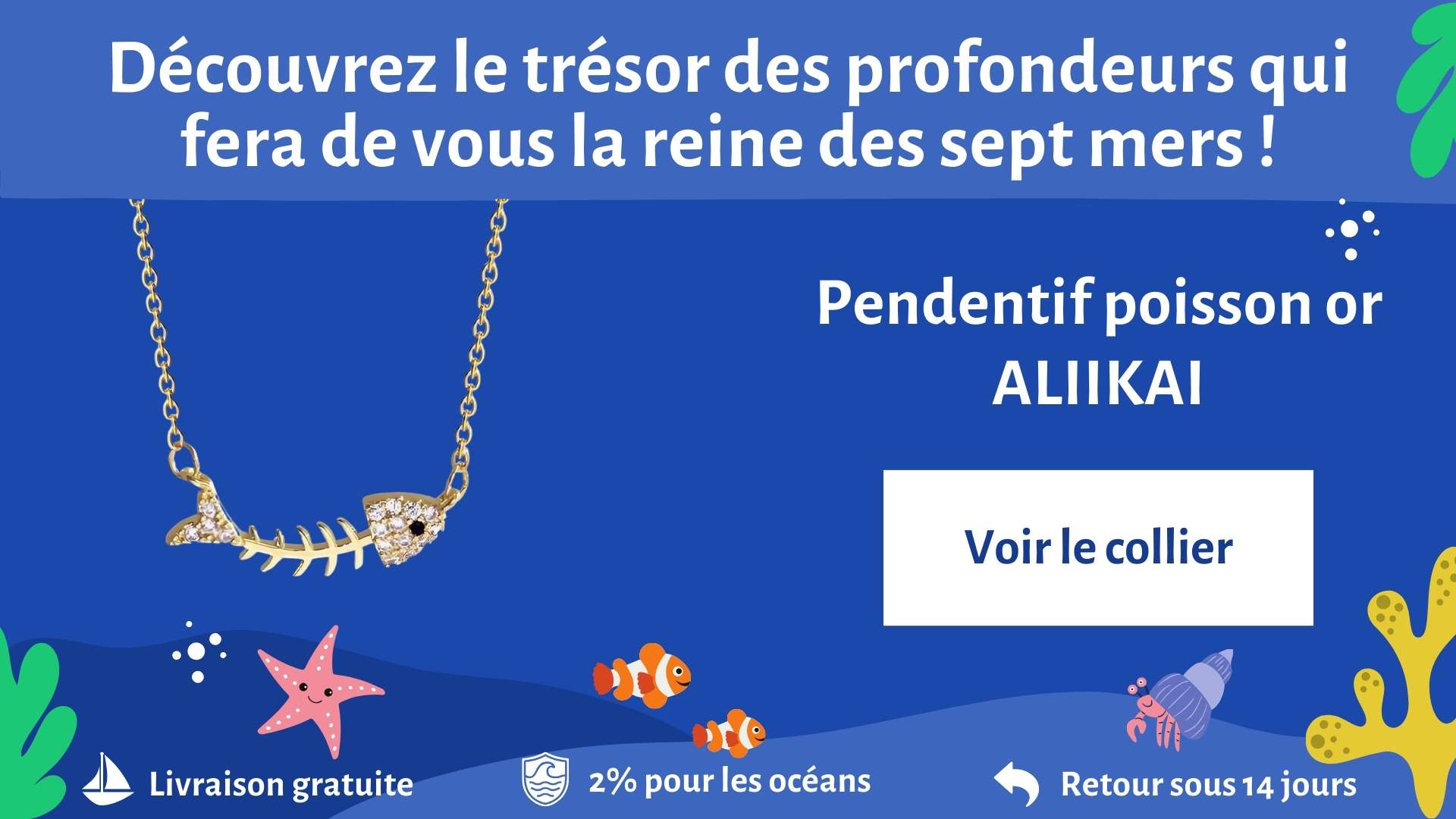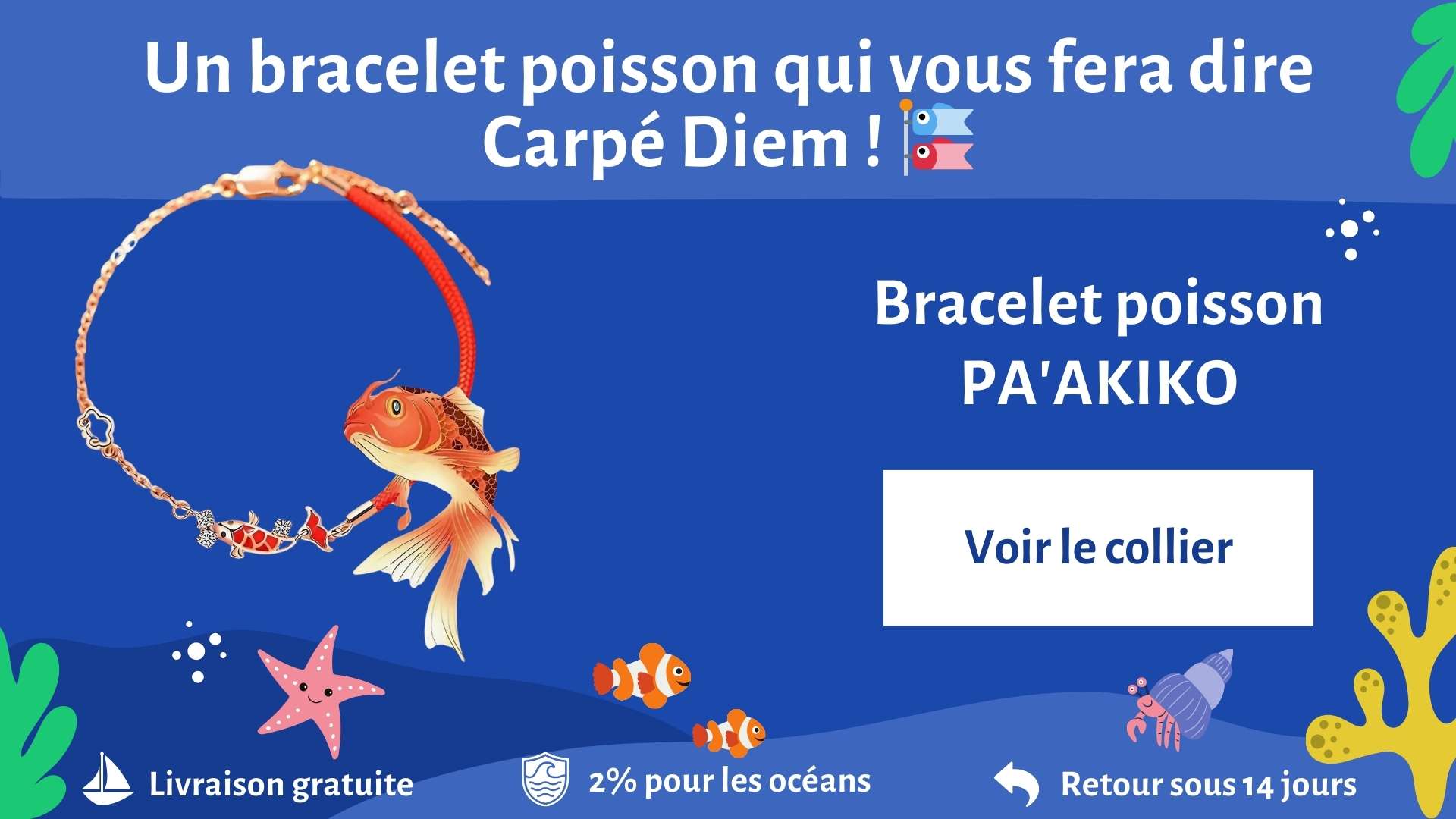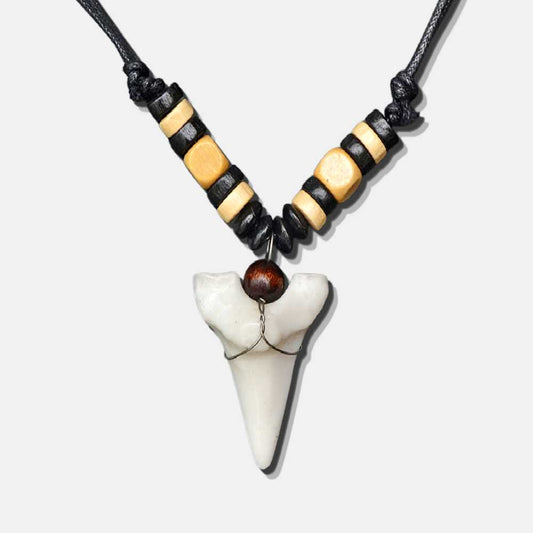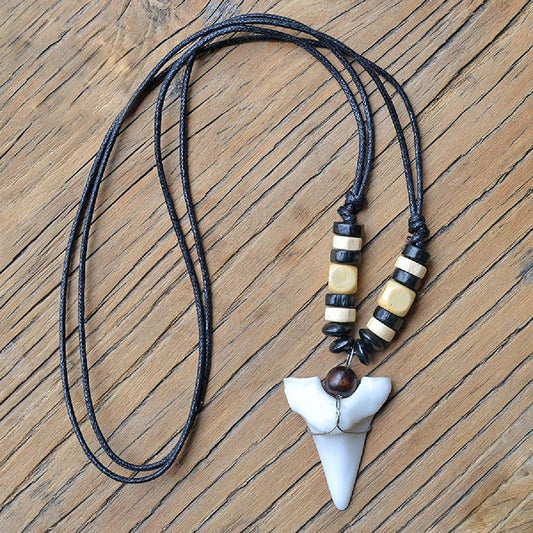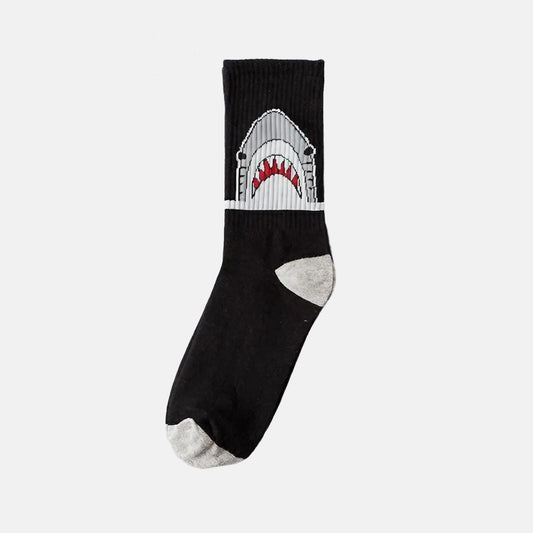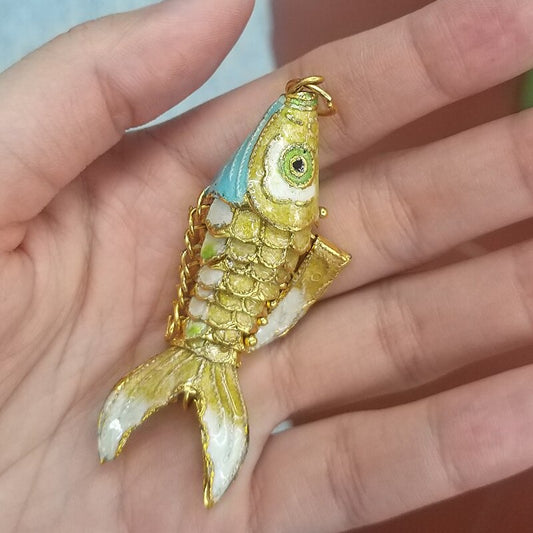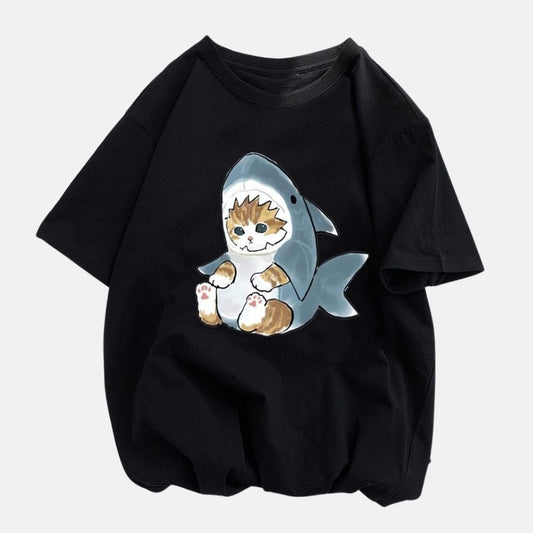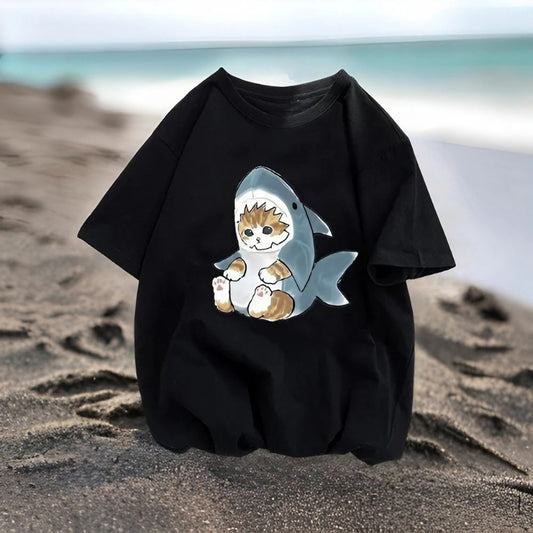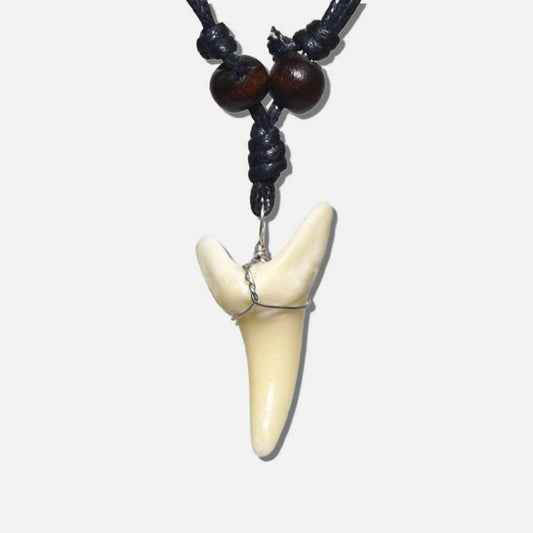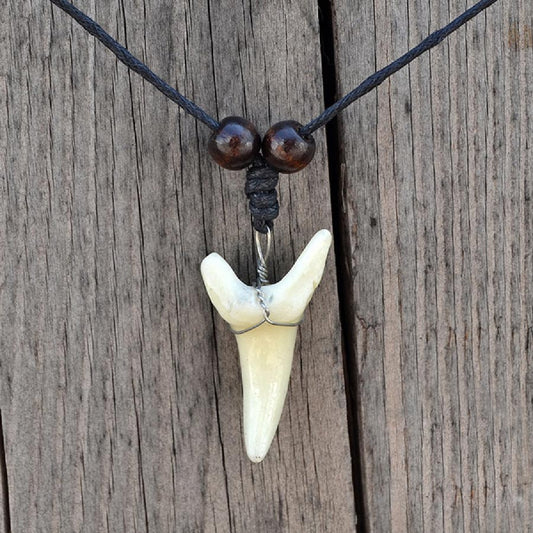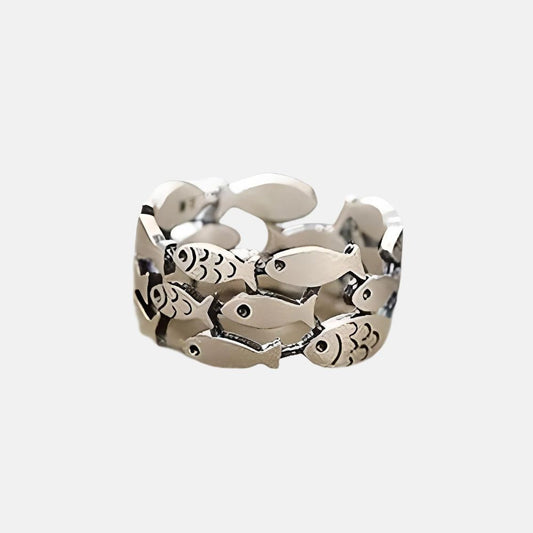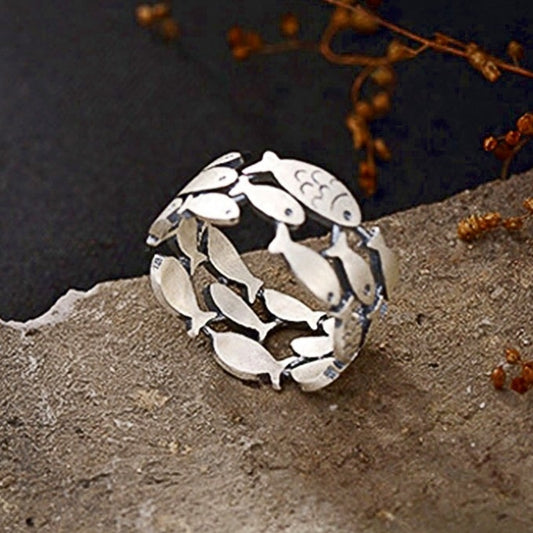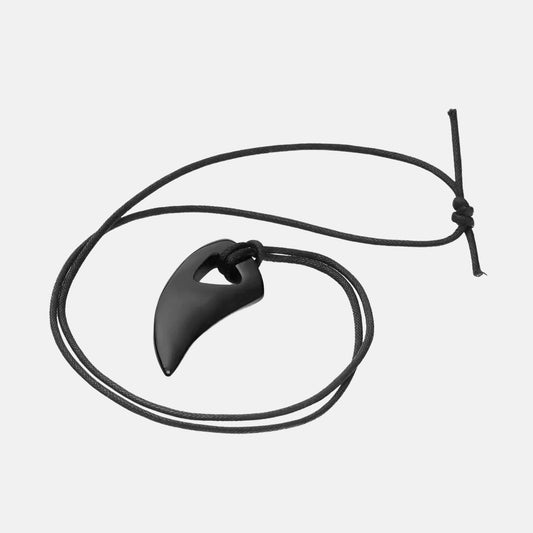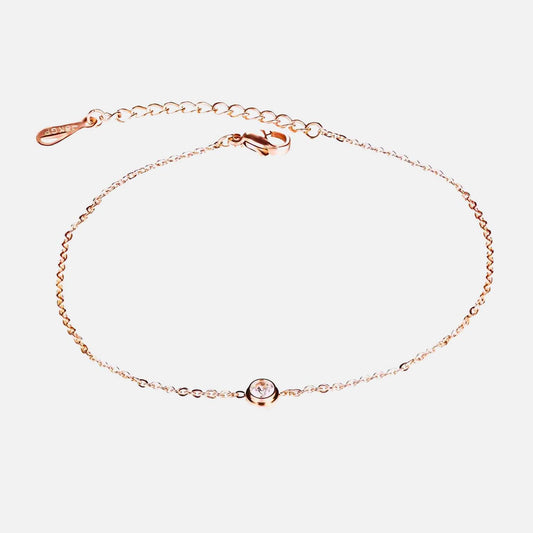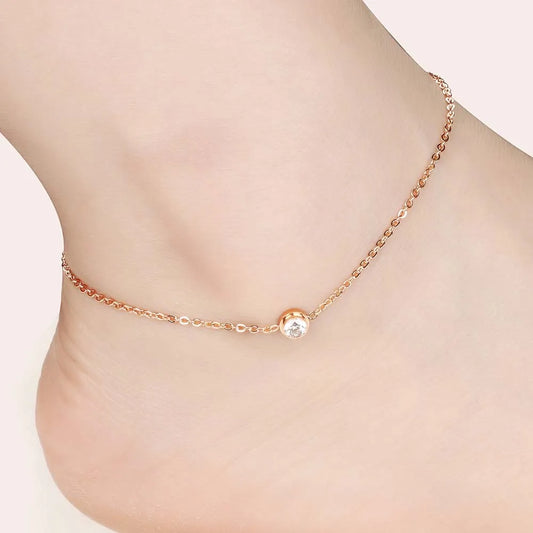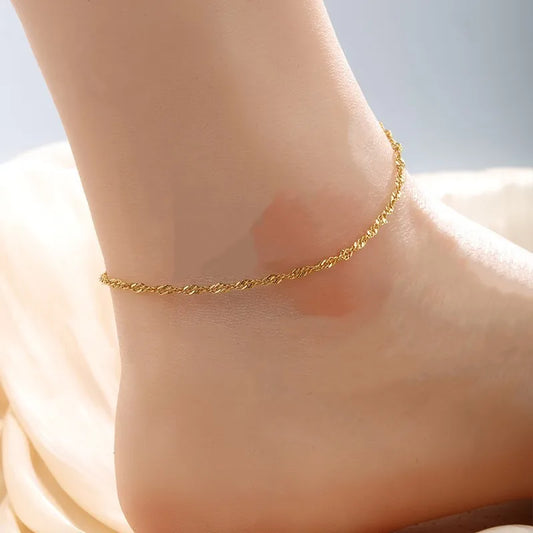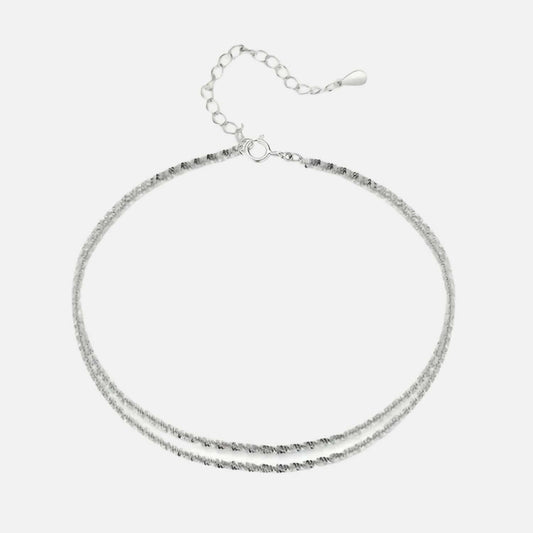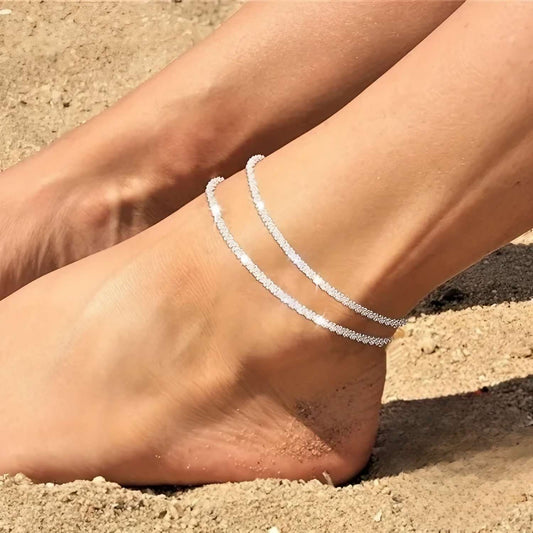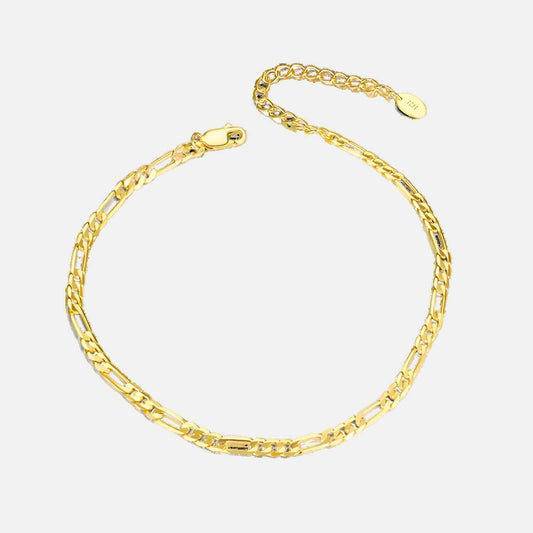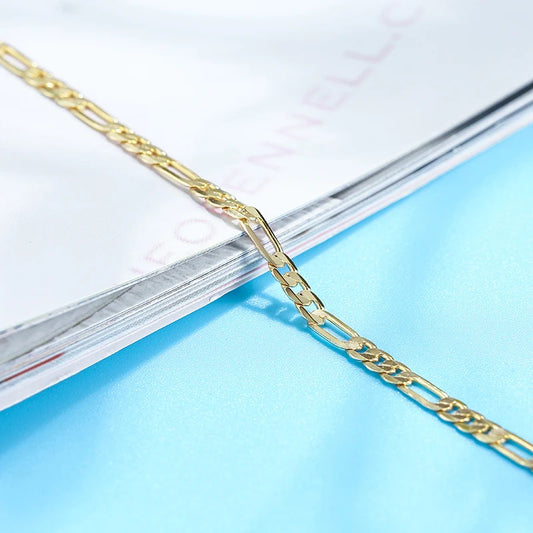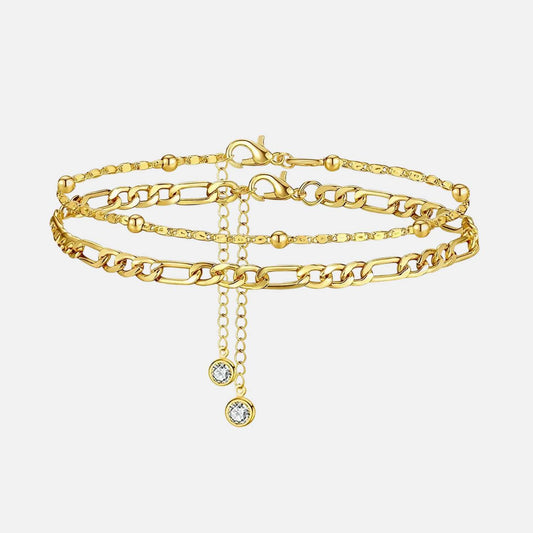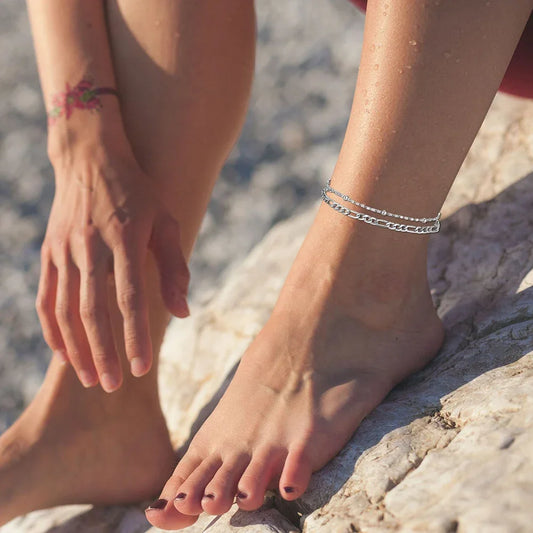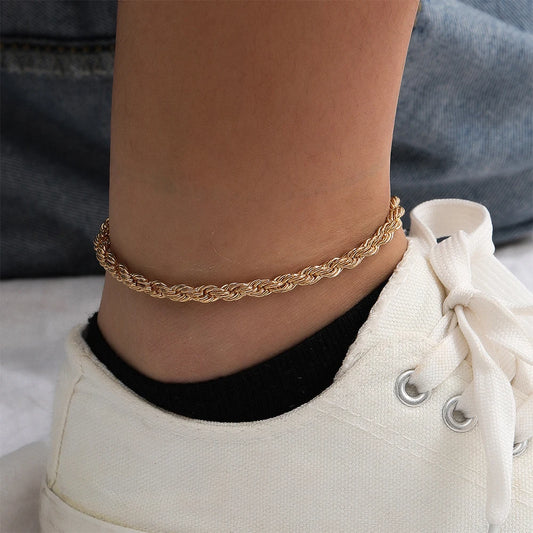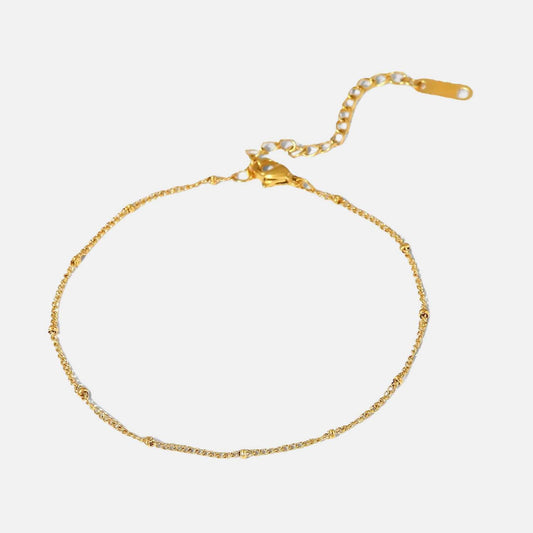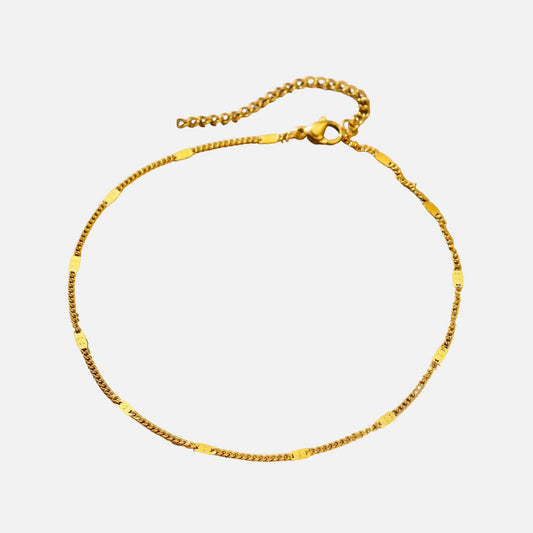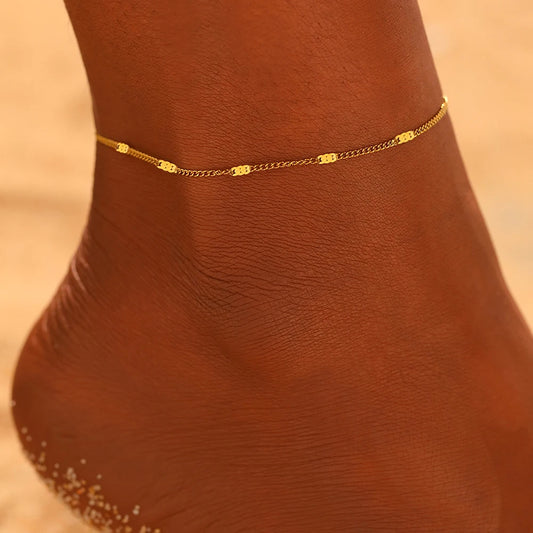
The blue sea dragon
The blue sea dragon has many common names, including sea swallow , blue sea slug , blue angel. They are found near the surface of the water and wash up on beaches around the world. A TikTok user recently found one in Australia, where they are becoming more common on beaches, perhaps due to warming waters and changing conditions.
These Pokémon- like sea slugs quickly became the darling of the media. So let's go behind the paparazzi lens to find out more about blue dragons.
How big is a blue dragon?
The Blue Sea Dragon is one of the smallest marine animals . Although blue dragons are found in many places around the world, most people rarely see them due to their size. Dragons conjure up images of huge, menacing beasts the size of a T-rex, but if you were an ancient knight sent to fight this blue dragon, your sword wouldn't need to be bigger than a toothpick. These slugs generally do not exceed three centimeters , or the size of a grape.
Earlier this month, a Texas man took video of a curious creature he found on the beach. Not knowing what it was, he took a video and uploaded it to Reddit , where it was immediately identified as a cute, but venomous creature: Glaucus atlanticus.

What do blue dragons eat?
The blue dragon happily feeds on Portuguese Galleys, another creature that is best left untouched while in the ocean. They may be 300 times larger and venomous , but they have nothing to envy of the appetite of the blue dragon.
The blue dragon's stomach contains a tiny air bubble that helps it float in water . This allows it to crawl on the surface of the water, where the man o' war's tentacles float. It then attacks using serrated teeth, like a serrated knife, which help it to dismember the Portuguese Galleys in a shocking turn of events, to steal its venom .
Once consumed, the venom is stored in the stinging cells that make the Man O'War a real wound, at the end of its tendrils. This video explains in detail how this incredible feat is achieved:
Are blue dragons dangerous to humans?
As the blue dragon stores the cells of the Portuguese Galley, its sting can be several times more severe than that of its siphonophore prey. Their venom can remain active even after they die, so you should be careful not to pick up or step on any you see on the beach.
If you get stung by one of these, you'll likely have bruises and excruciating pain . So it's best not to try and leave these little beauties behind if you find them on a shore near you.
Why is the sea dragon so beautiful?
Their bright blue color allows them to camouflage themselves in the splendid hues of the ocean. The blue dragon spends a lot of time floating belly up, showing its most vibrant blue to anyone on the surface, where it is more likely to blend into the brighter sunny hues found above the waves .
Its duller silver front faces downward, allowing it to better disguise itself with the darker tones found under the sea.
How do blue dragons mate?
Do you think online dating is difficult? Try to find a mate when your body is full of siphonophore venom. Blue dragons are hermaphroditic , meaning they have a male part and a female part.
They mate using long, S-shaped organs that allow them to get laid without touching each other's stingy parts. The result is strings of dozens of eggs that they delicately place on everything nearby, sometimes even on the corpse of their last meal!
Are blue dragons an endangered species?
These creatures are so small that it is difficult to obtain reliable estimates of their population . It's like looking for a splendid blue needle in a gigantic haystack. It is therefore difficult to know whether the number of blue dragons is increasing or decreasing.
What is known is that the range of blue dragons is changing. Researchers are discovering them for the first time in new places like Taiwan or the Padres Island National Seashore in Texas. This development is probably due to the effects of climate change on ocean temperatures and storms.
Blue dragons are proof that no animal is too small to feel the effects of our changing climate. You can help blue dragons and all the creatures that depend on the ocean by taking action on the climate before it's too late.

